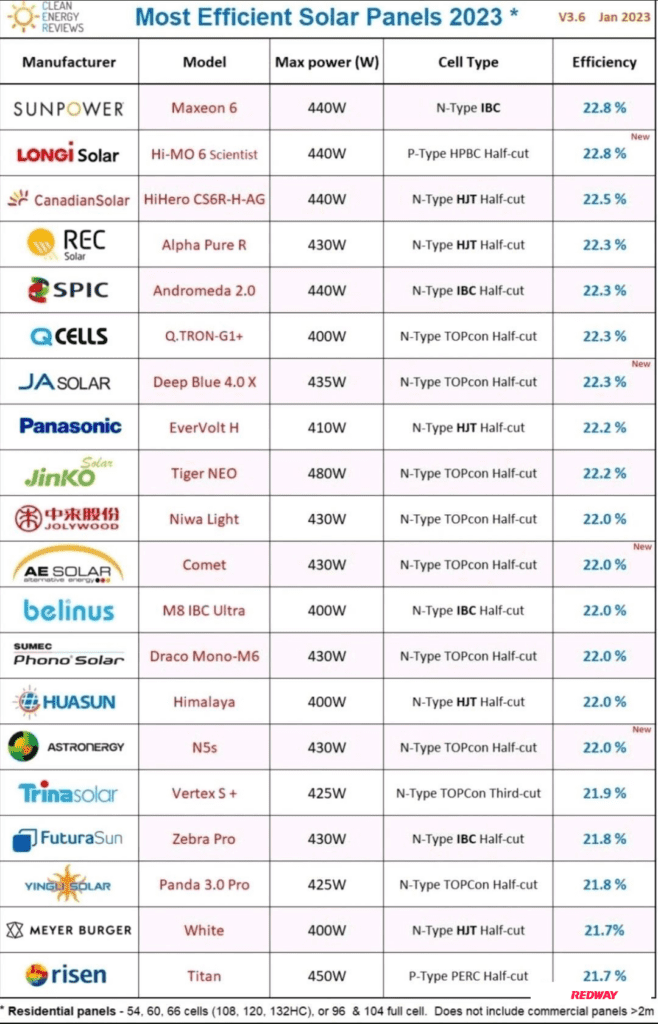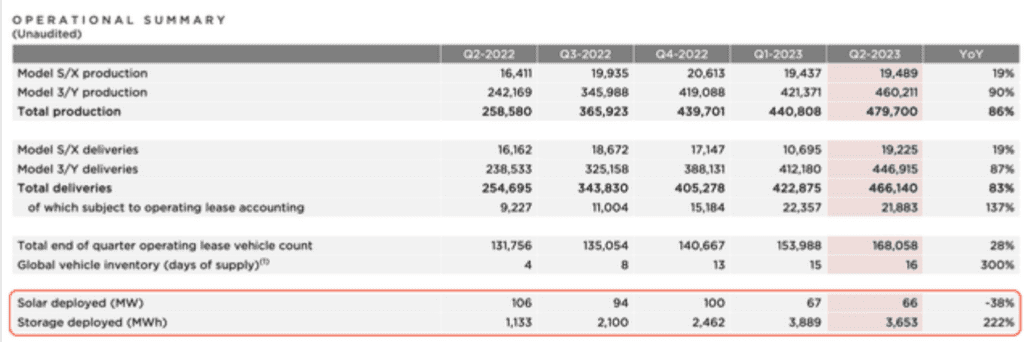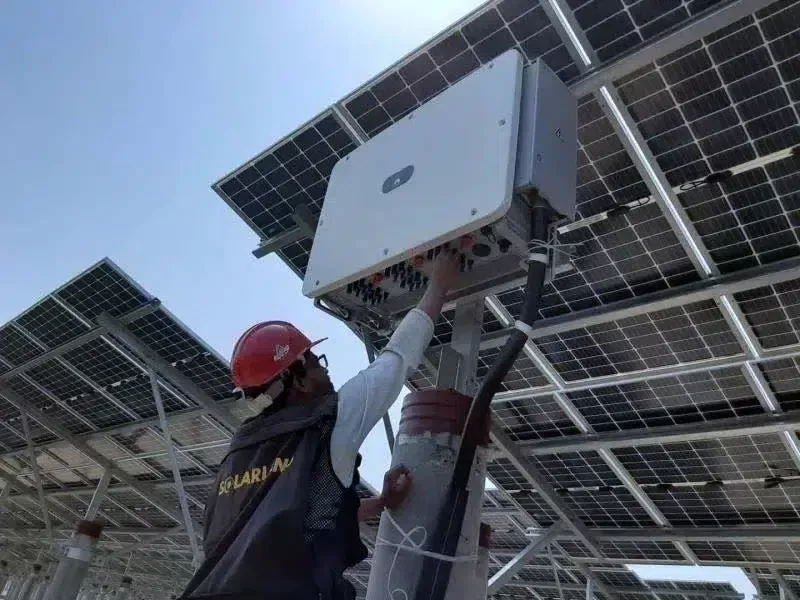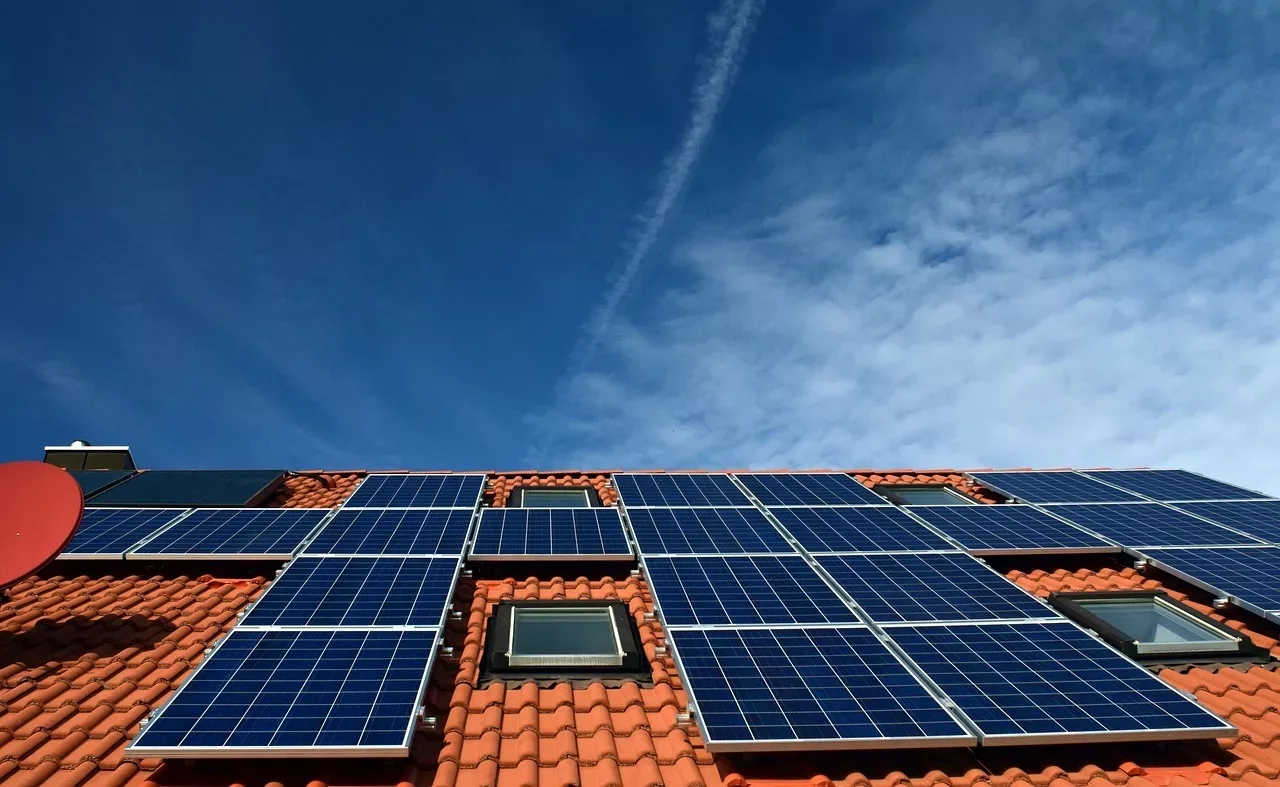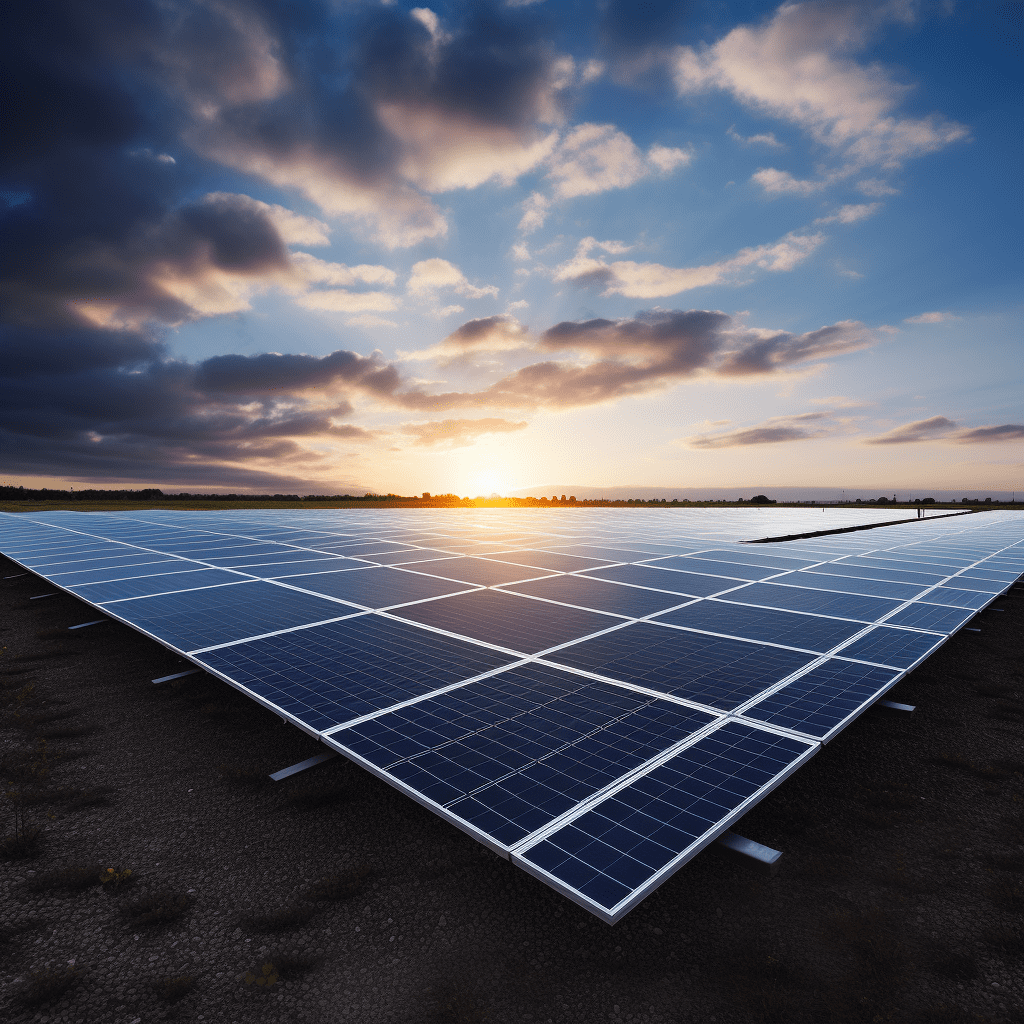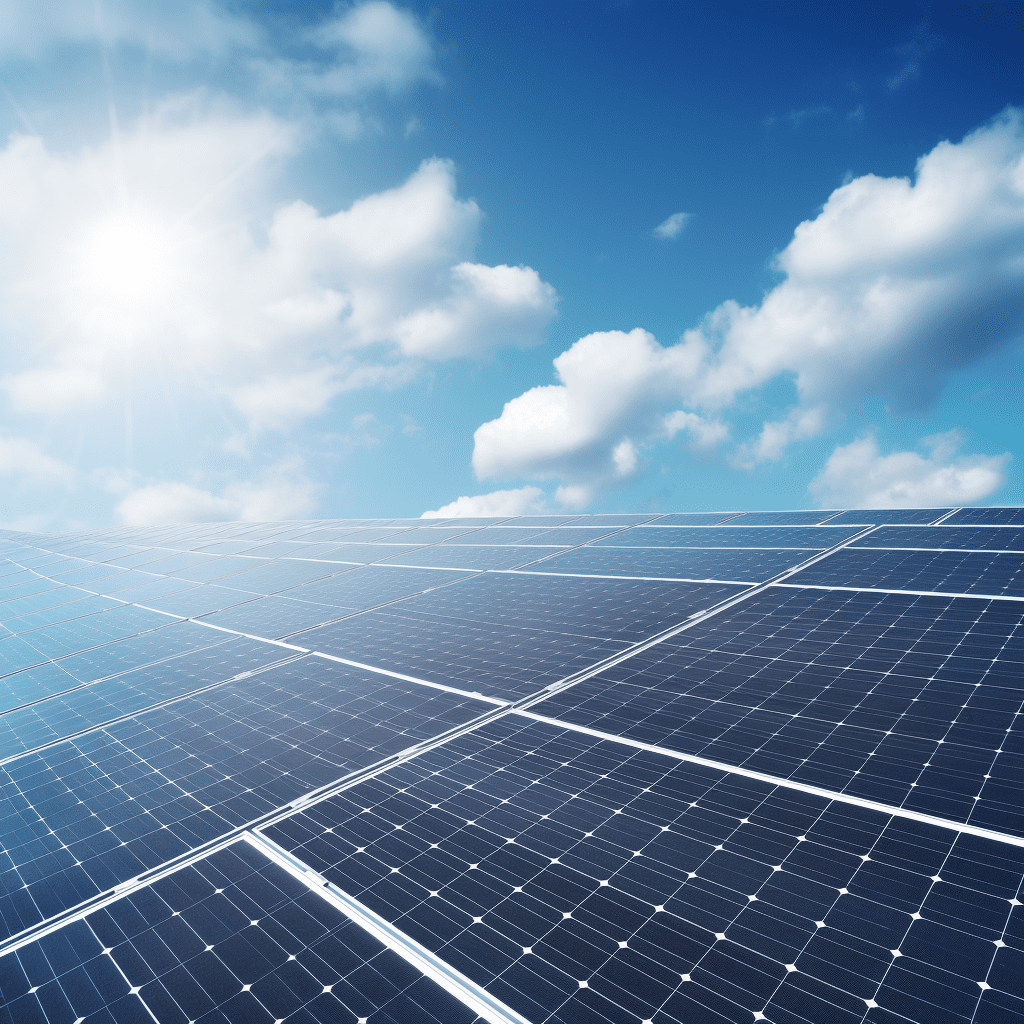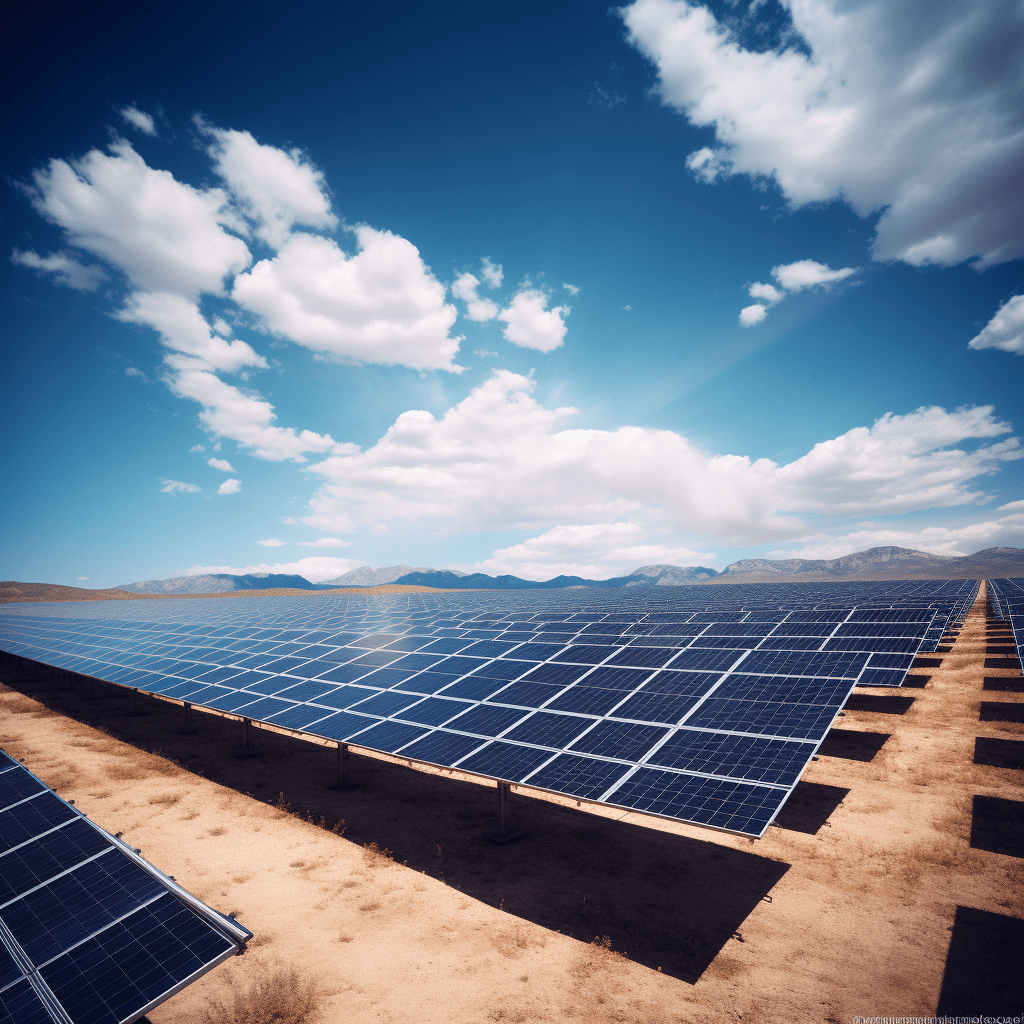When we delve into the world of solar panels, understanding the voltage output becomes crucial. This knowledge not only optimizes performance but also ensures efficient energy generation. Solar panels, the cornerstone of solar energy systems, convert sunlight into electrical energy. However, several factors influence their voltage output, which in turn impacts overall efficiency. These factors include solar cell efficiency, cell size, connection type (series or parallel), sunlight intensity, sunlight angle, and temperature. In this comprehensive guide, we will explore these aspects in detail.
Types of Voltage in Solar Panels
Solar panels exhibit three primary types of voltages: Open Circuit Voltage (Voc), Maximum Power Voltage (Vmp), and Nominal Voltage. Each type of voltage has a unique role and significance in the operation of a solar energy system.
Open Circuit Voltage (Voc)
The Open Circuit Voltage (Voc) represents the maximum voltage that a solar panel can produce when no load is connected. This is a critical parameter as it defines the upper limit of the panel’s voltage output under ideal conditions. Typically, the Voc is measured during bright sunlight and cool temperatures, providing a benchmark for the panel’s potential.
Maximum Power Voltage (Vmp)
The Maximum Power Voltage (Vmp) is the voltage at which the solar panel operates at its maximum power output. This is the point on the panel’s current-voltage (I-V) curve where the product of current and voltage (power) is maximized. The Vmp is essential for determining the optimal operating point of the solar panel to ensure it delivers the highest possible efficiency.
Nominal Voltage
Nominal Voltage is an approximate value used for matching solar panels with other system components, such as batteries and inverters. It helps in designing and selecting the right equipment to ensure compatibility and efficient system integration. Common nominal voltages include 12V, 24V, and 48V, which are used based on the requirements of different solar power applications.
Factors Influencing Voltage Output
Several factors influence the voltage output of solar panels. Understanding these factors allows us to optimize the performance and efficiency of solar energy systems.
Solar Cell Efficiency
Solar cell efficiency is a measure of how effectively a solar cell converts sunlight into electrical energy. Higher efficiency cells produce more power and voltage from the same amount of sunlight compared to lower efficiency cells. Advances in solar cell technology continually improve efficiency, thereby enhancing the voltage output and overall performance of solar panels.
Cell Size and Connection Type
The size of the solar cell and the type of connection (series or parallel) also play a significant role in determining the voltage output. Larger cells can generate more voltage, and the way cells are connected impacts the total output voltage and current.
Series Connection
In a series connection, solar cells are connected end-to-end, which sums the voltage of each cell while keeping the current constant. This method is typically used to increase the voltage output to match the requirements of the system’s components.
Parallel Connection
In a parallel connection, solar cells are connected side-by-side, which sums the current while keeping the voltage constant. This configuration is used to increase the current output without changing the voltage, useful in systems requiring higher current for operation.
Sunlight Intensity and Angle
Sunlight intensity and the angle of sunlight significantly impact the voltage output of solar panels. Maximum voltage is achieved when panels receive direct sunlight. The intensity of sunlight varies throughout the day and year, influenced by geographical location, weather conditions, and seasonal changes. Optimal placement and angling of solar panels ensure they capture the maximum amount of sunlight, thus enhancing voltage output.
Temperature
Temperature affects the efficiency and voltage output of solar panels. Solar cells are semiconductor devices, and their performance can degrade at higher temperatures. Typically, voltage output decreases as temperature increases. Manufacturers provide temperature coefficients for voltage to help predict performance under different temperature conditions.
Optimizing Solar Panel Performance
To optimize the performance and voltage output of solar panels, several strategies can be employed:
Proper Installation and Placement
Ensuring proper installation and placement of solar panels is crucial. Panels should be positioned to receive maximum sunlight, avoiding shading from trees, buildings, or other obstructions. The angle of installation should be adjusted based on the geographic location to maximize exposure to sunlight.
Regular Maintenance
Regular maintenance of solar panels helps maintain their efficiency and performance. Cleaning panels to remove dust, dirt, and debris ensures they receive unobstructed sunlight. Regular inspections and timely repairs prevent potential issues that could reduce voltage output.
Using High-Quality Components
Investing in high-quality components such as solar cells, inverters, and batteries enhances the overall efficiency and reliability of the solar power system. High-quality components are typically more efficient and durable, leading to better performance and longer lifespan.
Monitoring and Adjustments
Monitoring the performance of solar panels and making necessary adjustments can optimize their voltage output. Using monitoring systems to track voltage, current, and power output helps identify any issues and allows for timely interventions to maintain optimal performance.
Conclusion
Understanding and optimizing the voltage output of solar panels is essential for efficient energy generation. By considering factors such as solar cell efficiency, cell size, connection type, sunlight intensity, angle, and temperature, we can ensure that solar panels perform at their best. Employing proper installation techniques, regular maintenance, high-quality components, and effective monitoring systems will maximize the voltage output and overall efficiency of solar energy systems. Embracing these strategies enables us to harness the full potential of solar power, contributing to sustainable and renewable energy solutions for the future.



